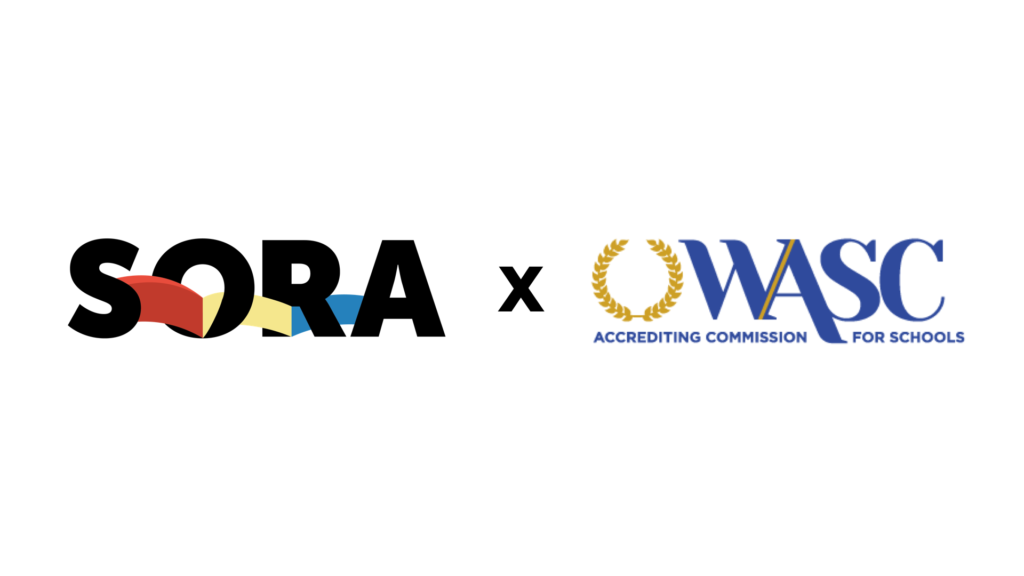As the educational landscape continues to evolve, there is a growing shift towards student-centered learning. In contrast to traditional teaching methods that emphasize the teacher as the primary source of knowledge, student-centered learning puts students at the forefront of the learning process. In this article, we’ll explore what student-centered learning is and how it helps promote lifelong learning for students.
What Is Student-Centered Learning?
Student-centered learning is an approach to education that places the learner at the center of the learning process. It is an instructional approach that emphasizes student agency and autonomy, where learners have the freedom to explore and discover knowledge for themselves. In student-centered teaching, the teacher serves as a facilitator, providing guidance and support as students take responsibility for their own learning.
Importance Of Student-Centered Learning In Promoting Lifelong Learning
Student-centered education is a critical aspect of promoting lifelong learning among students. In traditional teaching methods, students are passive recipients of information, with little opportunity to engage critically with the material. In contrast, student-centered learning empowers students to take ownership of their learning, developing critical thinking, problem-solving, and analytical skills that will serve them throughout their lives.
Characteristics Of Student-Centered Learning
Several key characteristics define student-centered learning. These include:
Student Agency & Autonomy
In student-centered instruction, students take an active role in the learning process. They are encouraged to set their own learning goals, to develop strategies for achieving those goals, and to monitor their progress towards them. This approach empowers students to take responsibility for their own learning and to become independent learners.
Collaborative Learning
Collaborative learning is an essential aspect of student-centered learning. By working in groups, students develop communication, teamwork, and problem-solving skills. They learn to share ideas, to listen to others, and to work together to achieve a common goal.
Personalized Learning
In student-based learning, instruction is tailored to the individual needs of each student. Teachers take into account students’ learning styles, interests, and abilities, and design learning activities that meet those needs. This approach ensures that every student has the opportunity to learn and grow at their own pace.
Active Learning
Student-centered learning is an active learning approach. Instead of passively absorbing information, students are actively engaged in the learning process. They participate in discussions, conduct research, solve problems, and apply their knowledge in real-world contexts.
Advantages Of Student-Centered Learning
There are several benefits of student-centered learning including:
Promotes Critical Thinking & Problem Solving Skills
Student-centered learning encourages students to think critically and to develop problem-solving skills. By engaging with the material actively, students learn to analyze information, evaluate arguments, and solve problems in creative and innovative ways.
Encourages Active Learning & Engagement
In student-centered learning, students are actively engaged in the learning process. They participate in discussions, collaborate with peers, and take ownership of their learning. This approach promotes student engagement and motivation, leading to better learning outcomes.
Increases Motivation & Interest
By tailoring instruction to the individual needs and interests of students, student-centered learning promotes motivation and interest. When students are engaged in activities that are relevant and meaningful to them, they are more likely to be motivated and to enjoy the learning process.
Fosters Lifelong Learning
Student-centered learning helps to promote lifelong learning by developing the skills and attitudes necessary for continued learning. By taking ownership of their learning, students learn to be self-directed and to take responsibility for their own education. This approach fosters a love of learning that will stay with students throughout their lives.
Implementing Student-Centered Learning
Implementing student-centered learning requires a deliberate effort on the part of educators. Here are some strategies for implementing student-centered learning:
Creating A Learning Environment That Supports Student-Centered Learning
Creating a learning environment that supports student-centered learning is crucial. Teachers can create a classroom that encourages collaboration, independence, and active learning by organizing flexible seating arrangements, creating opportunities for discussion, and providing space for student work. In addition, teachers can ensure that learning materials and resources are accessible to students and that technology is integrated into instruction.
Incorporating Technology In Student-Centered Learning
Technology can play an important role in student-centered learning. Teachers can use technology to personalize instruction, provide students with access to digital resources, and create opportunities for collaboration and communication. Tools such as online discussion boards, learning management systems, and educational apps can help to promote student-centered learning.
Developing Assessments That Support Student-Centered Learning
Assessments are an essential part of student-centered learning. To support student-centered learning, assessments should be designed to measure student learning outcomes and to provide feedback to students. Assessments should also be authentic, align with learning goals, and offer opportunities for student reflection and self-evaluation.
In conclusion, student-centered learning offers many benefits, including promoting critical thinking and problem-solving skills, increasing motivation and interest, and fostering lifelong learning. While there are challenges to implementing student-centered learning, with the right support and resources, this approach can help to transform education and prepare students for success in the 21st century.








